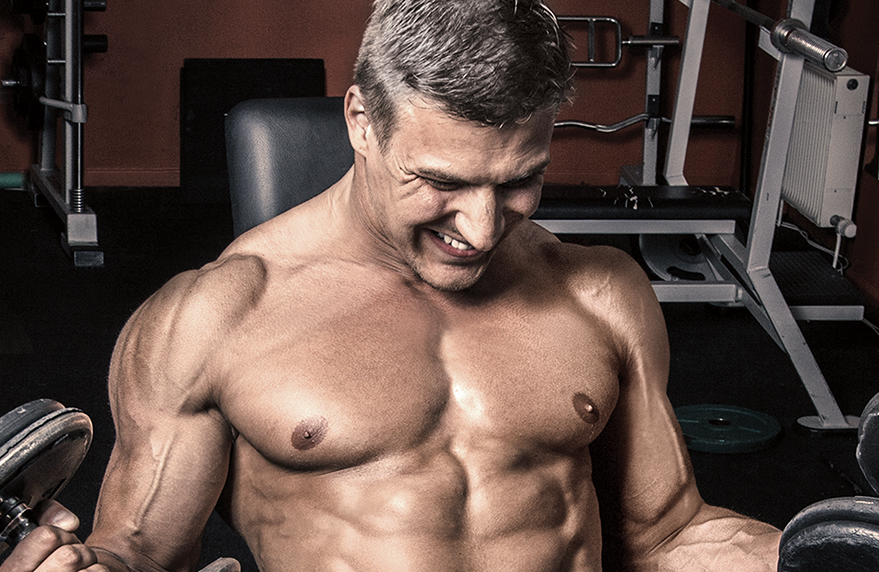Share With Others!
Did you know that after you turn 30, you can lose as much as three to five percent of your muscle mass every decade? The loss of muscle mass, strength and function as you get older is called sarcopenia, and it’s a natural part of aging—as is the loss of bone density. While you can’t reverse aging, you can diminish its effects. Here’s what you need to know to slow down the clock:
Related Reading: THE ART OF BULKING UP AND GETTING RIPPED
TRAIN STRONG TO STAY STRONG
If you’re a dedicated gym junkie, you’re already ahead of the curve. Strength and resistance training can help you reach more than just your short-term beach body goals. Gradually amping up the frequency and intensity of your lifts may help counteract the effects of waning testosterone—the hormone that stimulates protein synthesis and muscle growth—as you age. Plus, continually challenging your muscles prevents them from getting complacent and hitting progress-halting plateaus. In other words, the relentless pursuit of gains can help minimize the natural decline of muscle mass that comes with aging.
PROTEIN’S LONG-TERM POWER
Regular protein intake is critical for building lifelong muscle mass. Excluding water, protein makes up nearly 75% of the human body. To maintain a strong frame as your body ages, it’s important to consistently replenish the muscle protein that breaks down when you exercise. You can determine your approximate recommended daily dose of protein in grams by multiplying your weight in pounds by .36 for a baseline estimate. However, keep in mind that the more you exercise, the more protein you may need, so you should adjust your daily target accordingly. You’ll also want to keep tabs on your protein consumption as you age, because there is a tendency for people to eat fewer calories as they grow older. So, it’s possible to start skimping on protein without even realizing it. If you notice yourself consuming less food, do a quick check to see if you’re still hitting your recommended daily target and spacing your intake throughout the day—you especially want to make sure you’re getting some in during breakfast. Or, if you make any major changes to your diet, aim to cut out foods high in sugar or unhealthy fats—not foods high in lean protein.
GET THE EXTRA SUPPORT YOU NEED
To hold onto muscle mass for the long haul, you’ll need to equip your body with the energy and strength it needs to maintain gains. For an extra power boost to support your muscles, consider rounding out your diet with a creatine supplement. There is evidence that creatine supplements—which help make and circulate ATP, the energy fuel needed for quick, intense bursts of activity like weightlifting and sprinting—can help build muscle mass in aging adults who are following a resistance training program. Incorporating a daily creatine supplement into your exercise routine can help boost your performance and, subsequently, the benefits you reap from all your hard work.

